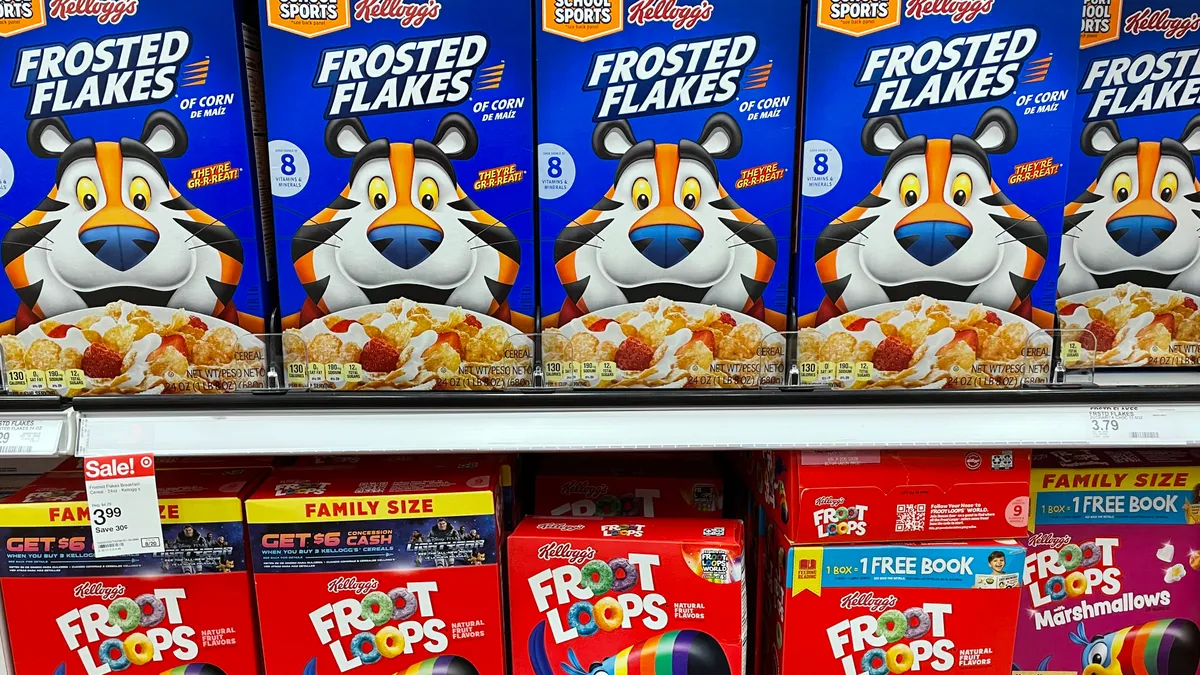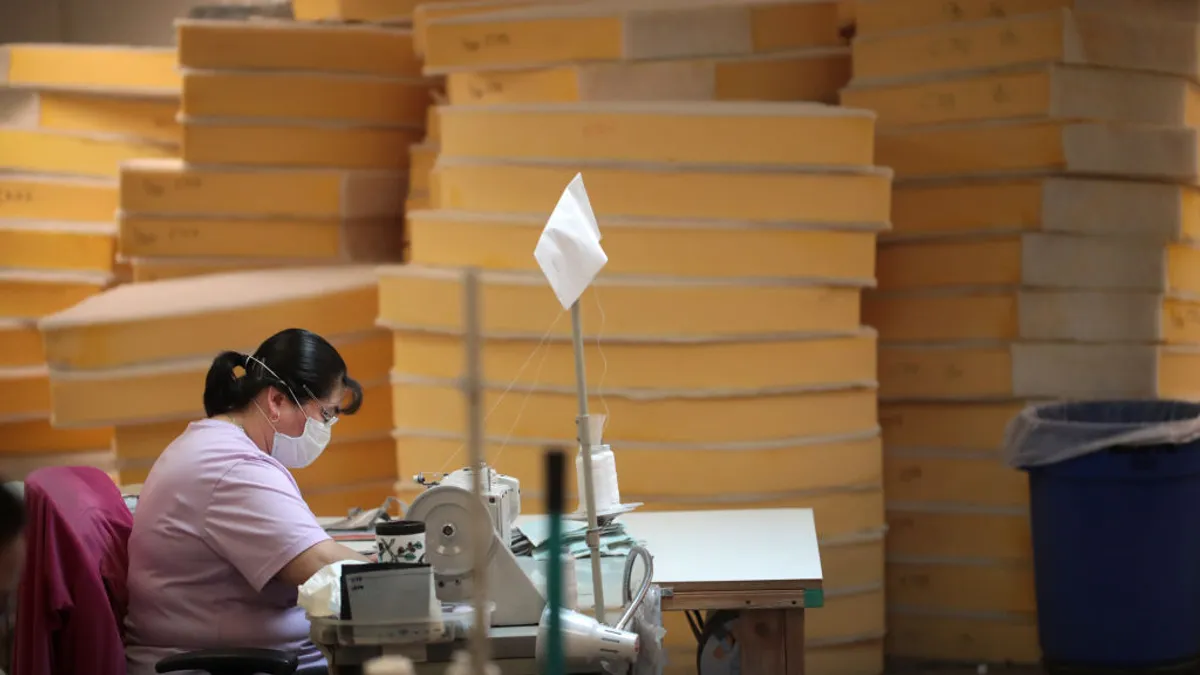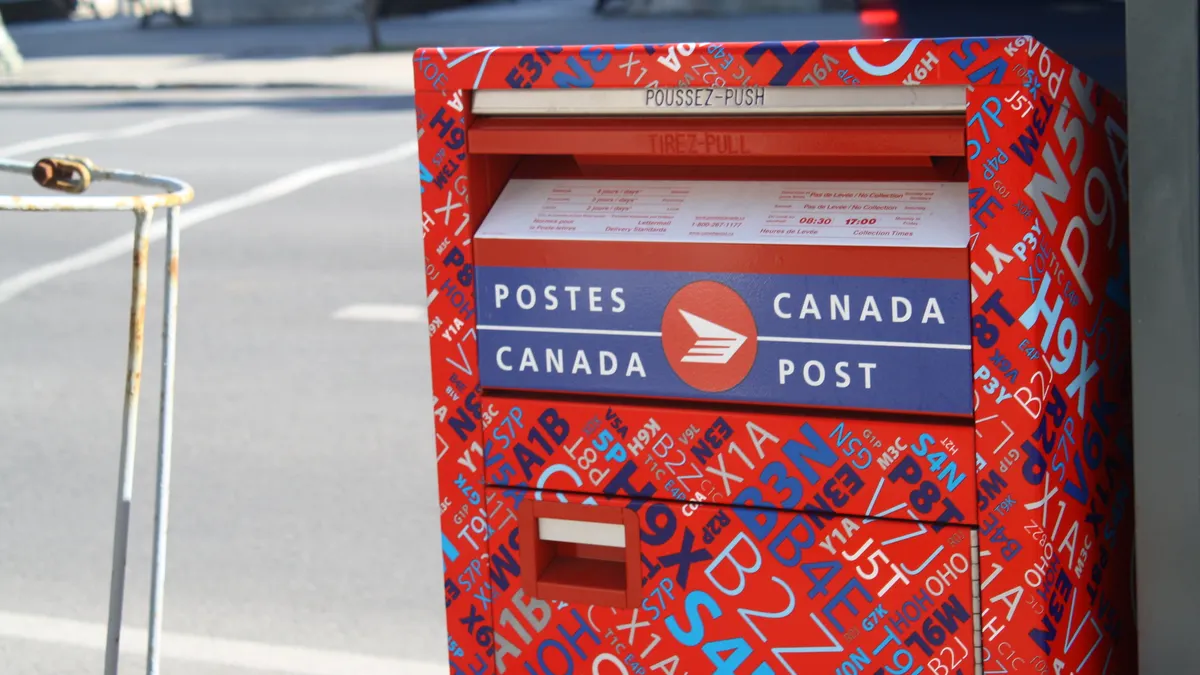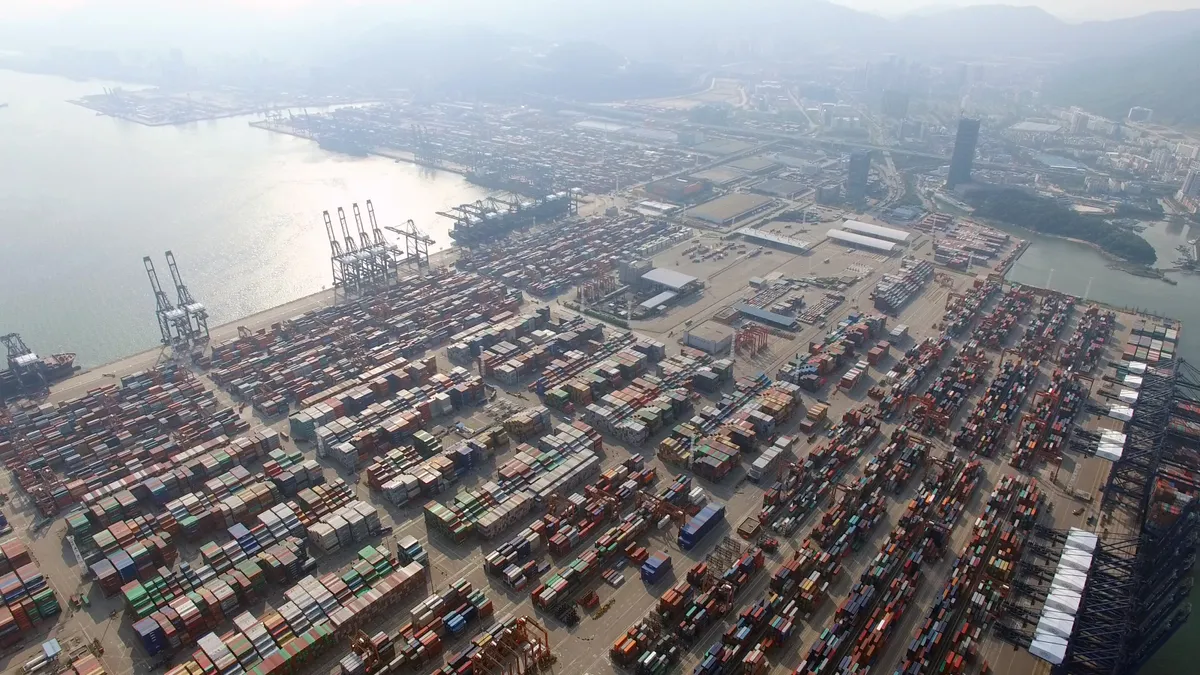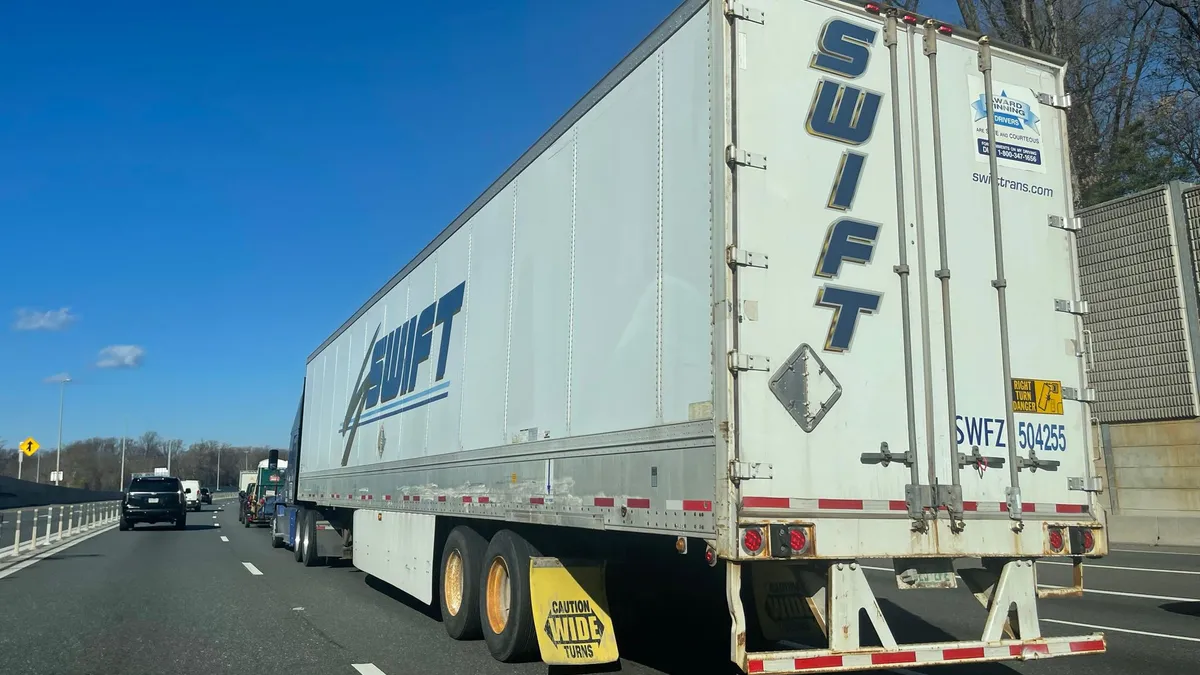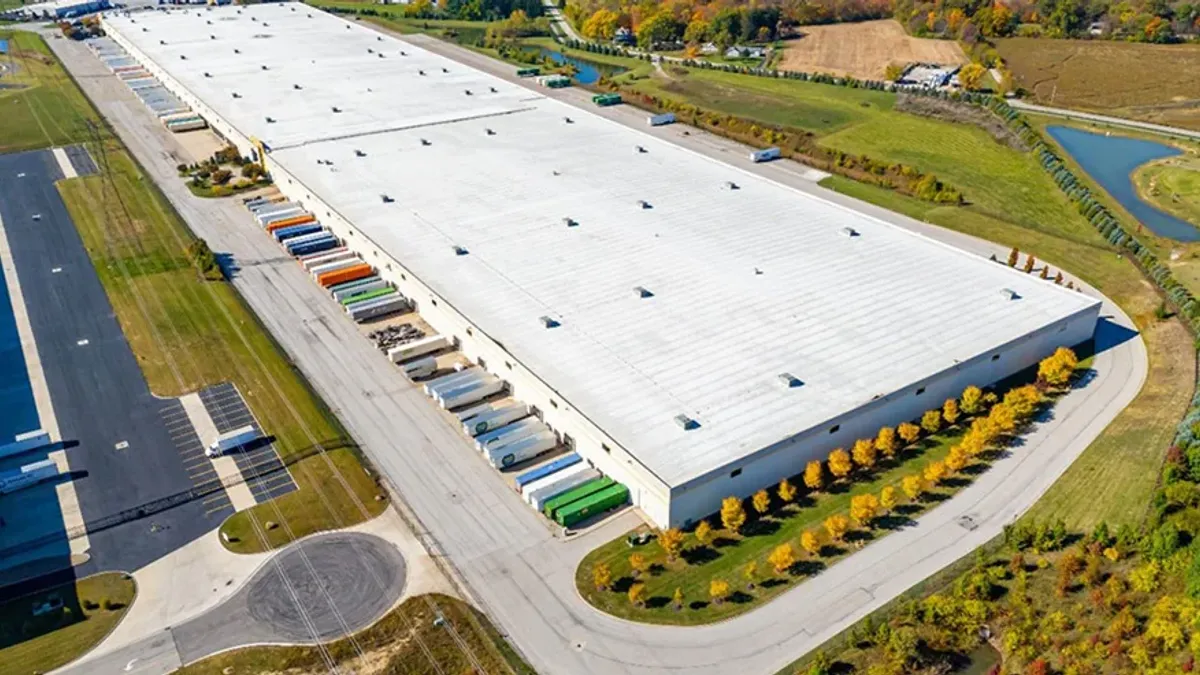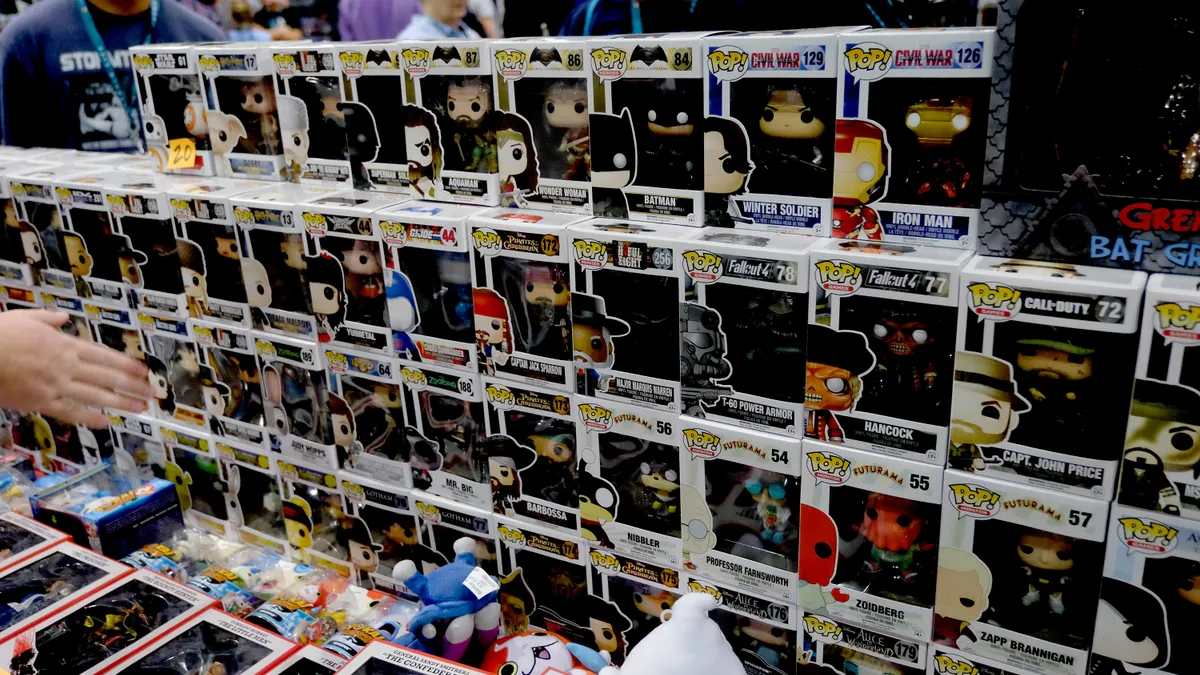As American families prepare for backyard barbecues, swim parties and patriotic celebrations, many fireworks distributors have been planning year-round to get products to market.
The fireworks industry has experienced strong growth in recent years, but with long lead times from Chinese manufacturers, supply chain management is critical. Distributors must contend not only with regulations here at home, but also those in China. Meanwhile, everything from transportation costs and port delays to weather events can have a significant impact on supply and the prices consumers pay.
A growing market sourced directly from China
Firework sales in the U.S. are rising steadily: consumers purchased nearly $900 million worth of fireworks last year, up from $627 million ten years ago, according to the American Pyrotechnics Association (APA). In sum, firework distributors sold more than $1.2 billion worth of fireworks in the country last year.
The growth comes, in part, from a loosening of restrictions on pyrotechnics in the past decade. Forty-six states and the District of Columbia currently allow all or some types of consumer fireworks permitted by federal regulations.
Lax regulations are helping grow a market for fireworks not just in the U.S. but also abroad.
As nearly all consumer-grade fireworks are manufactured in China, many U.S. distributors place orders more than a year in advance of the Fourth of July, APA Executive Director Julie Heckman told Supply Chain Dive. All fireworks headed for the U.S. market arrive via cargo container at one of the biggest ports, then travel overland via multi-modal movement. It’s usually 30 to 45 days from the time it leaves a warehouse in China until it hits a U.S. supplier.
While consumers know major firework brands such as Black Cat, Boomer and Dominator, Chinese factories often use multiple labels and names for the same fireworks sold in the U.S. "You can visit the factory and they’re making the same devices but putting Company A’s label on one side of the factory and Company B’s label on the other side. It’s just marketing depending on what their U.S. distributors want," Heckman said.
We have been seeing China make decisions that have impacted, slowed down, delayed the ability of the factories to manufacture and deliver on timetables that work for this industry.

Julie Heckman
Executive Director, American Pyrotechnics Association
Headquartered in Prairie Village, Kansas, Winco Fireworks is one of the largest fireworks distributors in the country. The company has been in business for more than 30 years and has seven distribution centers and 45 retail locations across the United States. Winco imports approximately 700 to 800 containers of fireworks annually, President and Chief Operating Officer Mike Collar told Supply Chain Dive.
As a supplier of both the professional and consumer markets, fireworks is a year-round business for Winco, and managing the supply chain is key.
Winco typically analyzes the previous year's demand, gauges new trends in the market and places its orders in late-April for the following year’s Fourth of July celebration. Collar travels to China four times per year to check on quality control and maintain relationships with suppliers.
“You can’t really do just-in-time inventory on fireworks because you need to get it in. Production is tighter and you need to get the word in well in advance,” Collar said. “It’s a year-round business and takes a lot of planning.”
Many states are still loosening regulations
Fireworks distributors also contend with a myriad of regulations that vary by location and type of firework. The Consumer Products Safety Commission mandates things like maximum powder, warning labels and fuse burn time. The Pipeline and Hazardous Materials Safety Administration also regulates things such as packaging content, how fireworks are shipped and how they are stored.
"Regulations vary. Most storage is really done by your local jurisdiction, so depending on what your codes are, they tell you how you can store the consumer fireworks," Collar said.
Professional grade display fireworks are more closely regulated because they are classified as 1.3G explosives. These products cannot be transported by common carriers and require a vehicle and driver with Hazmat certifications. The product must also be stored in approved magazines licensed and inspected by the Bureau of Alcohol, Tobacco and Firearms.
However, during the crunch times leading up to the Fourth of July and New Year’s, the Federal Motor Carrier Safety Administration offers a transportation waiver that reduces some requirements. One of those is the ELD requirement because so many firework companies depend on rental trucks.
"To make the 16,000 displays happen nationwide over the Fourth of July, the fireworks industry pretty much takes over the rental truck industry," Heckman said.
Most of these companies will rent trucks for the entire three-week period of the waiver to store and transport their products. They must also hire full-time security and notify local fire authorities when storing or staging their trucks.
While local regulations can vary, they have generally become more open in the past decade, said Collar. More states have legalized the use of fireworks in recent years as fireworks have become safer and injury rates have declined dramatically. According to the APA, the injury rate has fallen from 38 injuries per 100,000 pounds of fireworks sold in 1976 to only 5 injuries per 100,000 today.
"Fireworks are just a lot safer today than they were [in the past]. We’ve got covered fuses, and we’re limited on powder. It’s just a better product," Collar says. "Regulations have really opened up in recent years."
Events, weather and Chinese regulations can impact the supply chain
Because of the seasonality, a long supply chain and the potential for accident, there are several challenges in getting fireworks to market.
Here in the United States, the industry’s performance is dependent on the weather. As many consumers don’t purchase fireworks until a few days before the holiday, a stormy forecast can greatly curtail demand. During times of drought, jurisdictions often institute temporary firework bans which can be a big blow to local suppliers and retailers. Holdups at ports, weather events and transportation disruptions can delay distributors from getting products to market.
While mass firework detonations and incidents are uncommon in the U.S., they do happen in China. In September 2017, an explosion at a fireworks factory in East China’s Jiangxi province killed seven, and in 2014, another explosion killed 12 and injured nearly three dozen.
You can’t really do just-in-time inventory on fireworks because you need to get it in.

Mike Collar
President and COO, Winco Fireworks
Last year, the country instituted its own domestic ban of fireworks in more than 400 of its cities, according to an article in Reuters. While most of this relates to the domestic fireworks market, it has led to consolidation in the industry and more regulation and closure of Chinese factories.
What happens in China often creates a ripple effect in the U.S. fireworks market, Heckman said. "We don’t know what kind of effect that may have in the next year or two, but we have been seeing China make decisions that have impacted, slowed down, delayed the ability of the factories to manufacture and deliver on timetables that work for this industry," she said.
Many of the biggest distributors in the U.S. say volume and strong relationships with suppliers has given them stability. "Any time you deal with China, it’s about the relationship. That’s one reason you go over there, just to keep the relationship going face to face," Collar said.




